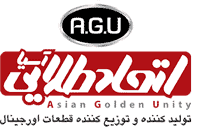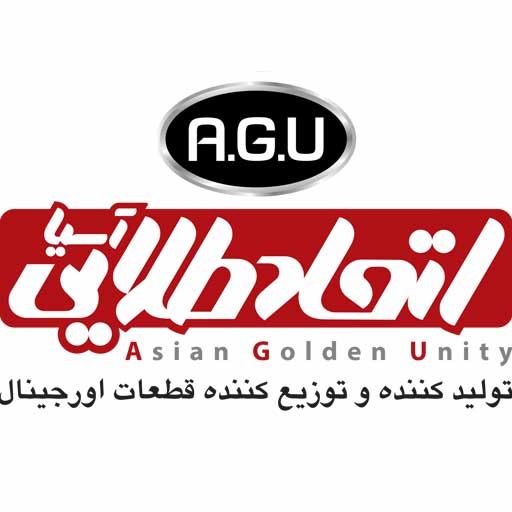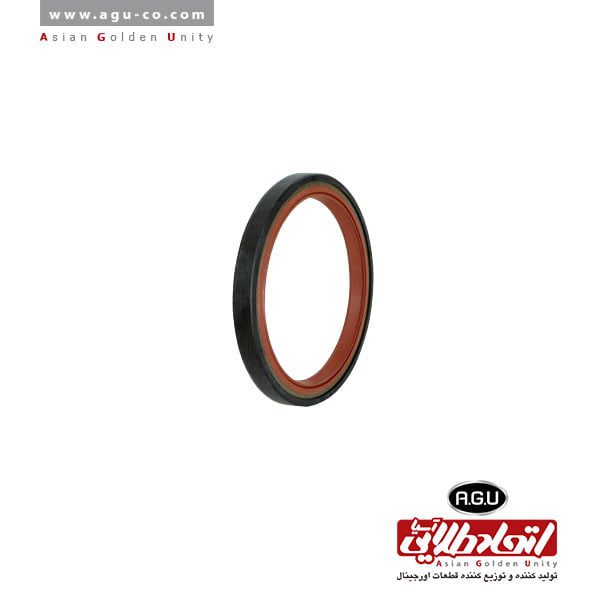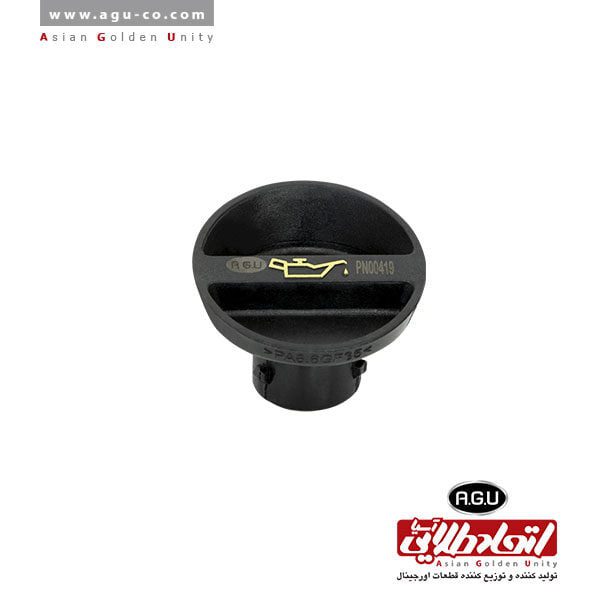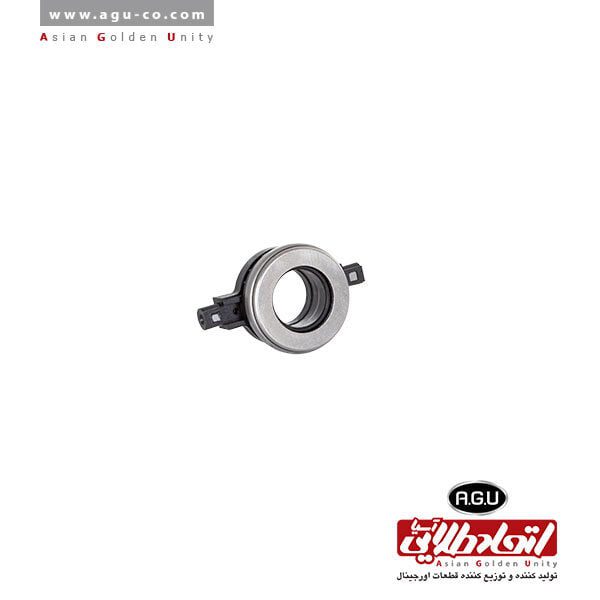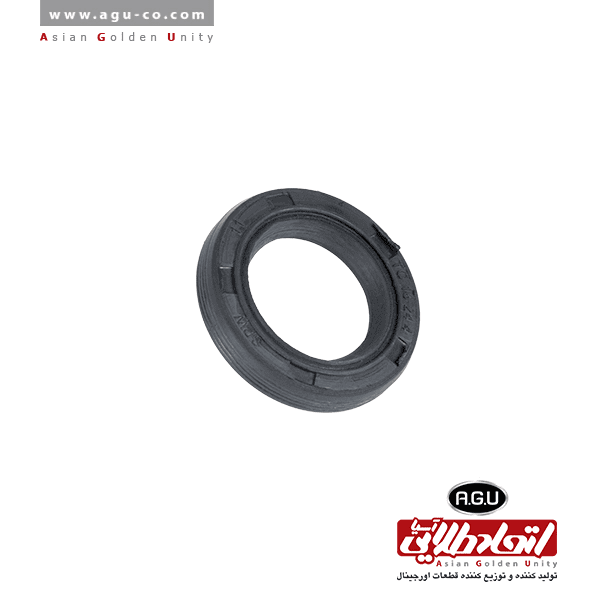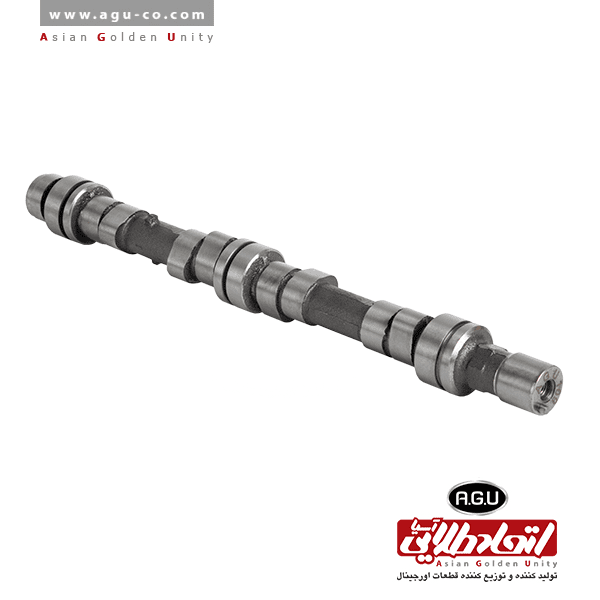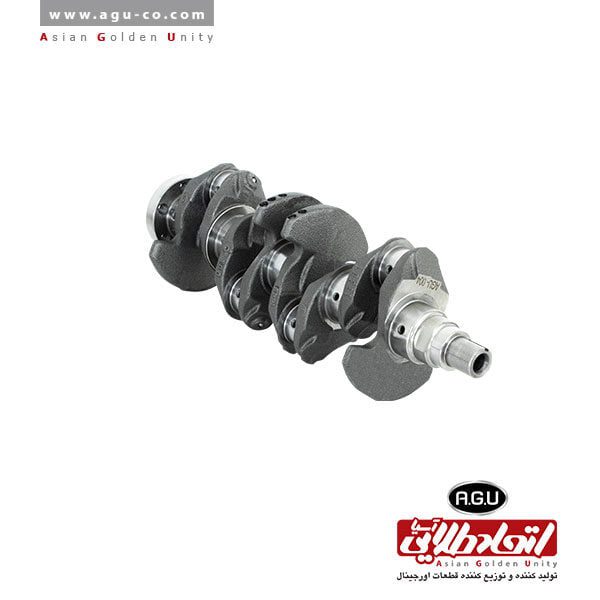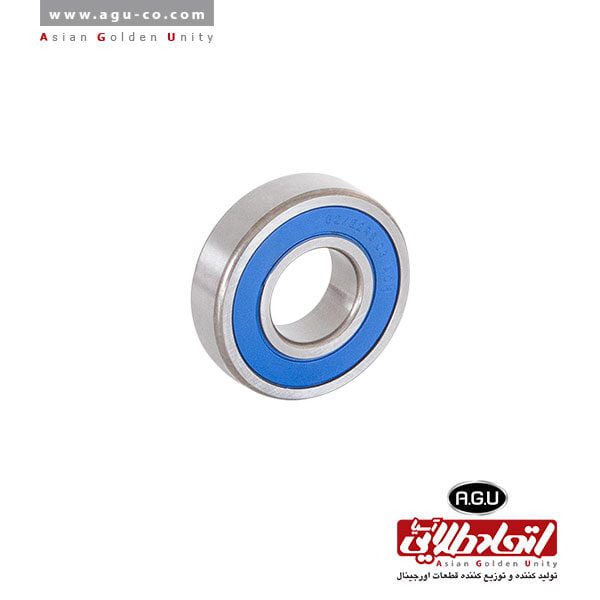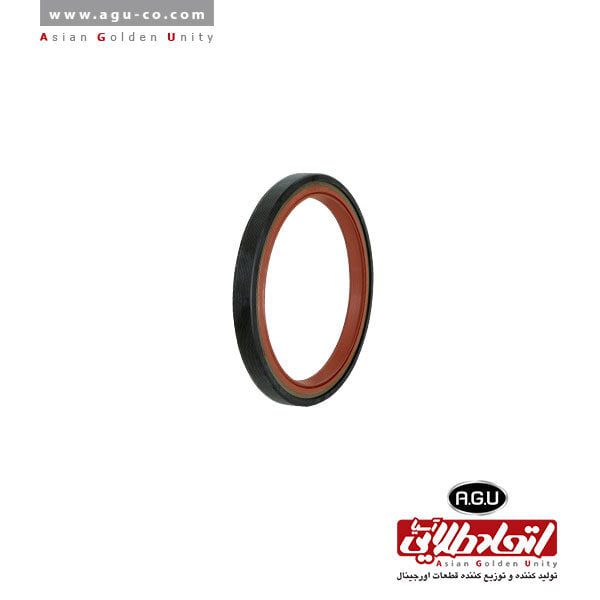The seal serves the purpose of sealing and preventing the leakage of fluids such as oil. Engines require a component known as a shaft to transmit rotational force. This component always performs rotational movement, which necessitates lubrication. In fact, lubrication makes rotational movement easier and prevents it from drying out. Oil is a fluid and thus tends to spill and escape, which is why seals are used to prevent the fluid from escaping. Generally, the purpose of this component is to seal and seal off parts that contain fluids.
In the past, felt was used to absorb oil, which is why this cup-shaped component is now called a seal.
Parts of the engine involved with rotational force are numerous, and wherever this force is present, this component is necessary. Typically, this component is easily visible near the CV joints, pistons, shock absorbers, valves, bearings, and steering valves.
Seal Components:
1- Spring
2- Felt
3- Washer
The seals from Ettehad Talayi Asia are made from polymer materials that show high resistance to heat and impact.
Signs of Failure:
1- Gearbox valves may become blocked.
2- Due to oil deficiency, there may be interference with the differential’s operation, leading to noisy performance.
3- Fluid (oil or any other liquid) leakage near this component.
4- Oil leakage around the air intake and exhaust chamber of the shock absorber.
5- Reduction in differential oil.
6- Accumulation of dust around this component.
When a seal fails, it can cause significant problems for adjacent components. Below are some of the effects of seal failure:
If this component fails, oil within the engine may leak and potentially cause valve blockages. This blockage can lead to overheating within the chamber and subsequently cause the oil to overheat, which puts pressure on the surrounding walls and disrupts the operation of this component.
Noisy differential operation due to seal failure and oil leakage can occur. With reduced oil, the differential and its gears become dry, leading to noise during operation. Failure to repair this component over time can cause differential damage.
It is recommended to repair or replace a faulty seal as soon as oil leakage is observed, and before dust accumulates on the oil.
The seal is an important and sensitive component, and its failure can lead to high-cost damages to the vehicle. It is advisable to replace or repair this component before dust accumulates on the oil upon noticing any leakage. High quality and durability of the seal are essential due to its important role and longevity, which saves time and costs. In this regard, Ettehad Talayi Asia Company, with its extensive experience, supplies high-quality automotive parts and accessories across the country.
